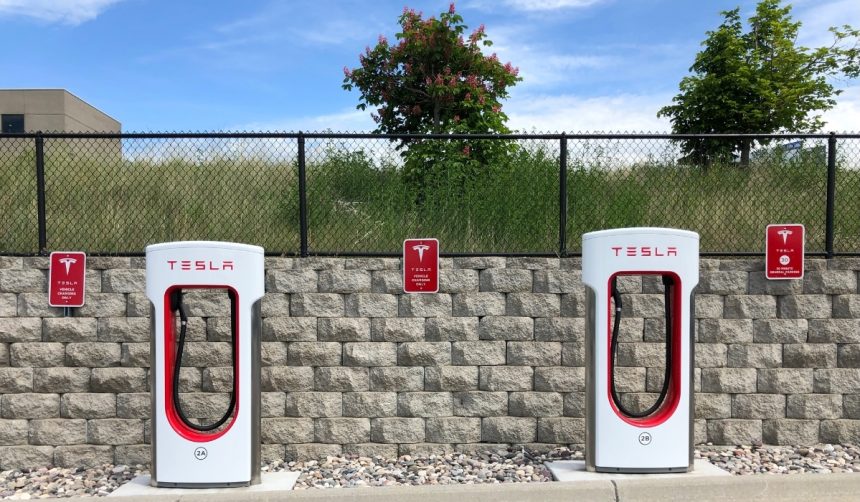Tesla has introduced Full Self-Driving (Supervised) Version 14.1, marking the system’s most significant update in almost a year for its driver-assist technology. With this rollout, Tesla aims to improve adaptability and safety, leveraging vision-based neural networks to respond to real-time road changes. The update brings new features for both casual and advanced users, signaling progress in the journey toward broader autonomous capabilities for the brand’s vehicles. The release also allows Tesla owners to customize arrival and parking options, similar to anticipated Robotaxi user experiences. As more drivers begin testing these improvements, expectations for real-world performance and reliability remain high in the auto tech community.
Tesla’s track record with software updates often centered on incremental changes, focusing on lane changes, traffic light recognition, and improved navigational accuracy. Previous updates struggled with unpredictability in unconventional scenarios, drawing scrutiny for manual interventions required by drivers. This new release differs by prioritizing integrated navigation with real-time decision-making and by introducing innovative arrival options, suggesting an adjusted strategy based on user feedback and increasing regulatory pressures on autonomous performance. The addition of refined speed profiles and emergency vehicle detection also reflects Tesla’s response to competing technologies and regulatory expectations.
How Does Vision-Based Navigation Work in FSD V14.1?
Tesla’s FSD V14.1 fuses navigation and routing directly into the vehicle’s vision-based neural network, enabling more responsive handling of blocked roads and sudden changes to the driving environment. The update equips the vehicle to proactively recognize detours or closures and reroute as required, rather than relying solely on pre-existing map data. Enhanced emergency vehicle detection further sharpens the system’s awareness, allowing the car to yield or pull over when police, fire, or medical vehicles approach. According to Tesla, this makes the decision-making process faster and better aligned with unpredictable real-world conditions.
What New Customization Features Are Available for Drivers?
Drivers are now able to select from several new arrival options when approaching their destination—such as Parking Lot, Street, Driveway, Parking Garage, and Curbside—mimicking potential Robotaxi functionality. Preferences for these arrival scenarios are saved per destination, giving users greater control over their journey’s end. The updated system also recommends arrival options automatically based on context. Additional interface enhancements allow FSD to be activated with a single tap, and key settings for speed and arrival can be adjusted directly from the central display visualization.
“You can now select an arrival option such as Parking Lot, Street, Driveway, Parking Garage and Curbside for Robotaxi-style drop offs,”
Tesla states, highlighting the intent to introduce more flexibility and automation.
What Impact Do the Enhanced Speed Profiles and Safety Features Have?
The updated software introduces customizable Speed Profiles, including the new “Sloth” mode, offering more reserved speed and lane choices compared to “Chill.” Driver profiles have increased influence on vehicle behavior, with assertiveness levels corresponding to speed adjustments. Emergency response capabilities have advanced, as the vehicle now more reliably detects and yields to ambulances, fire trucks, and police cars. Additional improvements target the vehicle’s responses to obstacles, bus stops, and unprotected turns, while a new automatic camera-cleaning system supports visibility in challenging conditions.
“Start Self-Driving with a tap of the touchscreen from Park, or any time during your drive,”
the company noted, emphasizing streamlined user engagement.
The progressive rollout of Full Self-Driving (Supervised) V14.1 signals Tesla’s commitment to refining autonomy while balancing user control and regulatory expectations. Unlike earlier updates, this release places greater weight on vision-based decision-making and personalized arrival preferences, catering to both safety and user customization. The continuous advancement of AI-driven features, tailored driving modes, and emergency response protocols reflect a strategic move to address competition from other advanced driver-assist systems and to position Tesla for future regulatory demands. For buyers and current owners, these updates suggest that high levels of automation will steadily approach mainstream adoption, though consistent supervision remains necessary. For those keen on adopting new driving technologies, understanding and leveraging the system’s new customization and safety tools will be essential to making the most of these capabilities.










